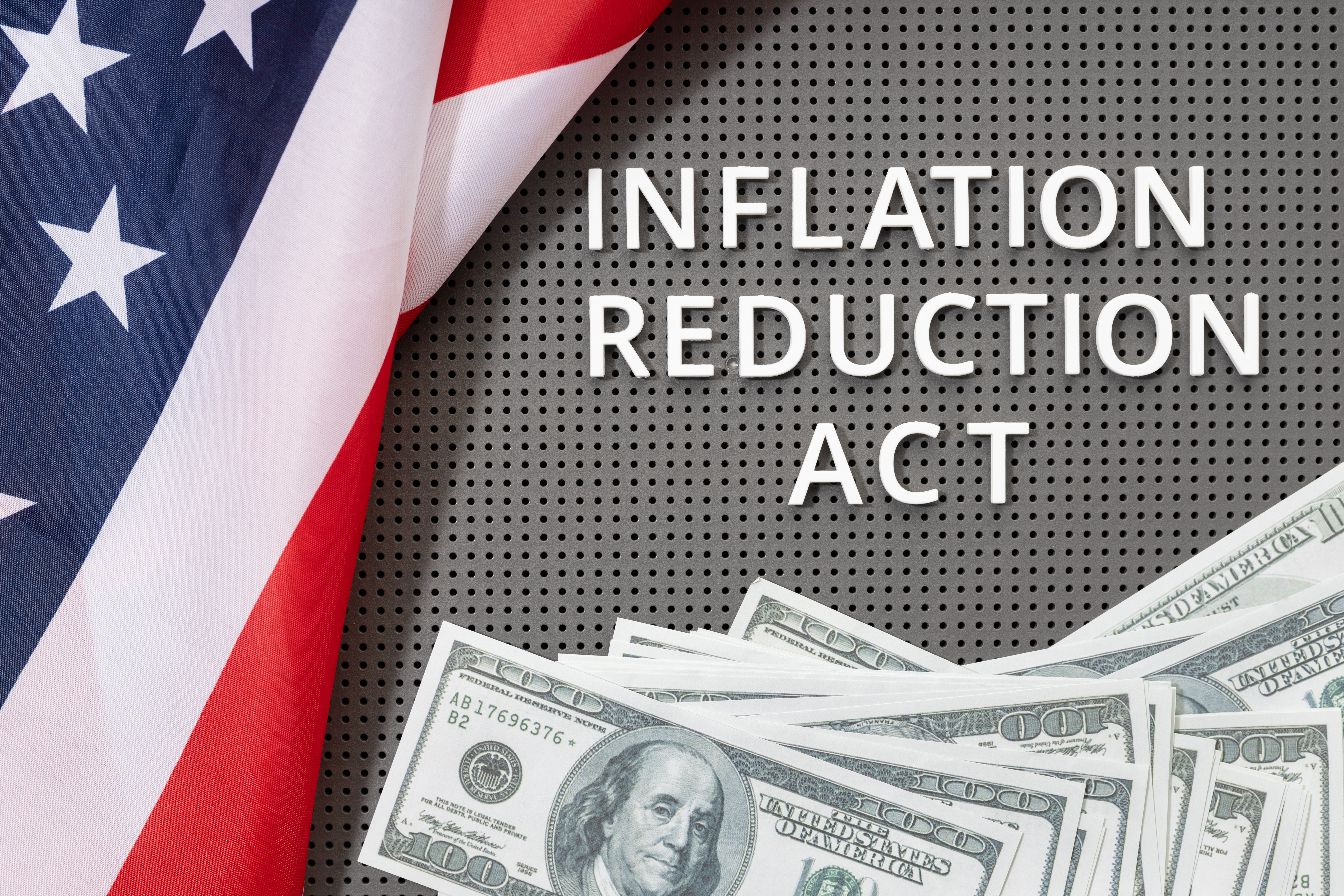Inflation Reduction Act - Relevant Industry Item Snapshot

Last week President Biden signed into law the “Inflation Reduction Act”, which is essentially a slimmed down adjunct bill to the “Build Back Better Act”. As the name implies, ,the goal would be to combat the crippling inflation facing the country currently – although most analysis by both CBO and federal groups has not concluded that would be the case in the long term. We shall see.
In the meantime, we pulled together some of the major industry-relevant items to keep an eye on
Federal analysis of the Inflation Reduction Act projects that the law will help cut United States emissions to 40% lower than 2005 levels by 2030. This aligns with the longer term goal of a net zero emission economy by 2050.
$370 billion dollars of the $740 billion dollars contained in the Inflation Reduction Act are directed toward addressing climate change, (including the potential cost of tax credits)
Among the points focused on are:
- Removing the per-manufacturer cap on tax credits per unit sold of Electric Vehicles, which is meant to stimulate growth in EV sales and usage. However, there is also a provision that EV batteries have to be sourced 40% from domestic sources, which will be a major hurdle for some companies.
- $60 billion in production tax credits for companies involved in domestic clean energy production, including multiple incentives for nuclear production to the tune of $30 billion
- EPA granted the authority to fine oil & gas companies for emitting excessive methane emissions. This is a first of its kind provision that would kick off in 2024 and fine $900 per metric ton initially, and increase annually thereafter.
- $9 billion dollars toward promotion of consumer adoption of renewable energy for residential use in the form of solar, heat pumps and electric systems instead of natural gas.
- $60 billion for Environmental Justice programs, in the form of both renewable energy conversions and pollution, drought, and flooding remediation for impacted communities.
- $51 billion for renewable energy production
- $51 billion for clean energy investment
- $3.2 billion for carbon capture technology
- $27 billion for Greenhouse Gas Reduction Fund (a financing agent for startups focused on decarbonization, essentially)
Of note is that most of the federal analysis seems to conclude that the emission reductions projected would require a heavy reliance on Carbon Capture & Store technology, which at the moment is a complicated and cost prohibitive solution in many situations.
As with any massive piece of legislation, its hard to predict how different provisions will impact industry segments until the rubber hits the road as they say. Definitely something to keep an eye on as it unfolds.
Stay Tuned!


